Architects are all-rounders: creativity, comprehensive knowledge and the ability to multitask are part of their professional toolbox. But what inspires them? What drives them? And how do they realize their visions? In this new newsletter article series, we portray contemporary creative minds and talk about passions and challenges.
Hoping to drive the growth of sustainability in the building sector, Danish architecture firm Vandkunsten are sharing their digital tools with the world. Architect Jan Schipull Kauschen gives us an insight into the thinking behind opensource@vandkunsten.
Written by Henning Prytz Poulsen/ Pressenytt
“Over the years we have developed and refined a number of tools to meet specific challenges that we encounter in projects. Realizing that all architects probably face the same questions at various points, and that a lot of energy is spent to come up with the same answers, we decided to share our tools with everyone,” says Kauschen.
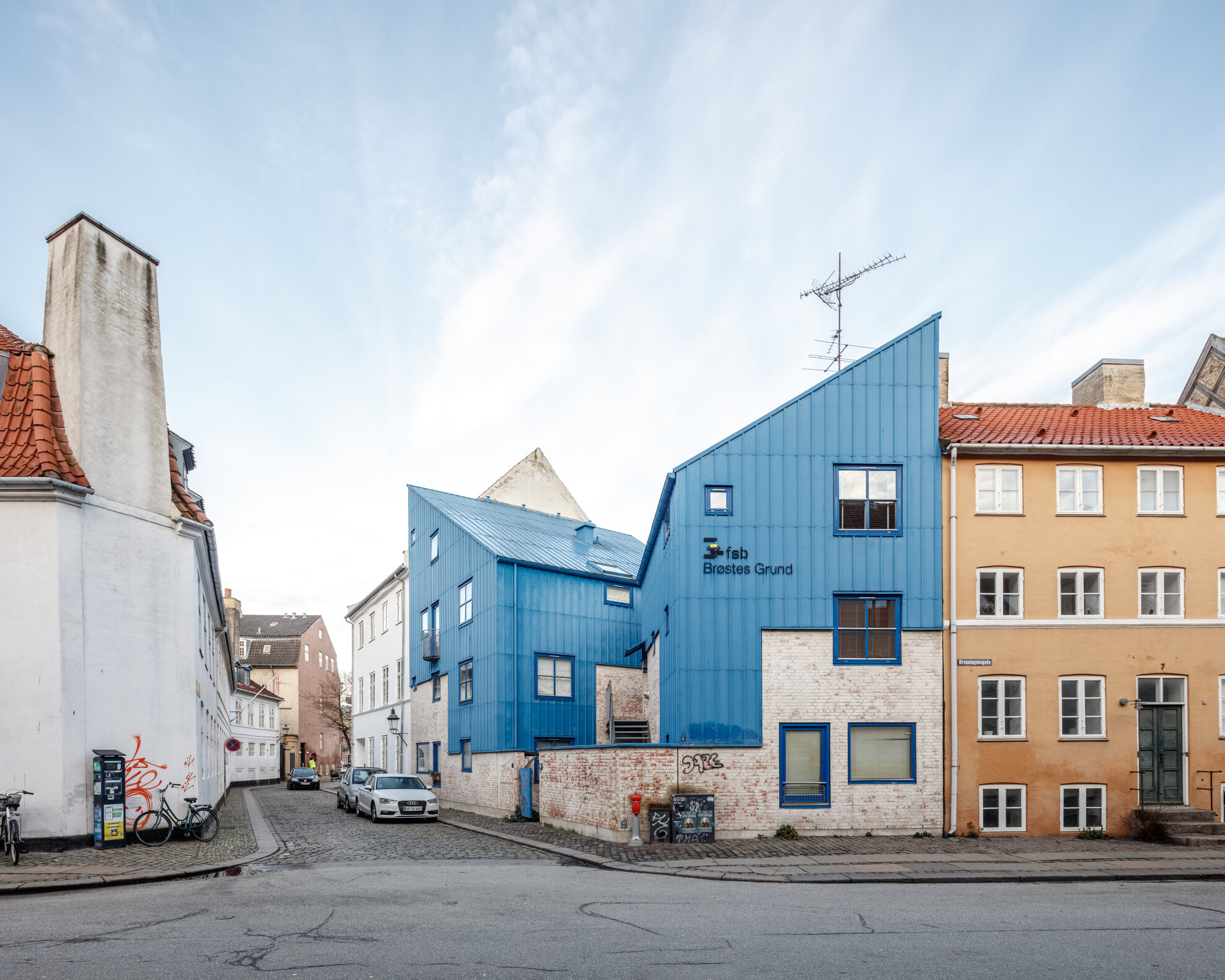
Blå Hjørne (The Blue Corner) in Copenhagen is Jan Schipull Kauschen’s favorite Vandkunsten project. Built back 1989, this is an early example of resource efficiency in the building sector.
© Photo: Rasmus Hjortshøj
Jan Schipull Kauschen is architect and partner at the Copenhagen based Vandkunsten, an architecture firm known to be at the forefront when it comes to environmental and social sustainability. Their motto is “Without sharing - no sustainability”, and they are not afraid to practice what they preach.
With Kauschen as initiator, Vandkunsten are currently sharing eight different tools on their “open-source” website, with more to come. The tools range from expansion calculations for wooden facades to life cycle analysis estimators, and even entire plans and drawings for a hybrid, four storey, wooden apartment building.
The initiative has been very well welcome very well by architects and other professionals in the building sector in Denmark.
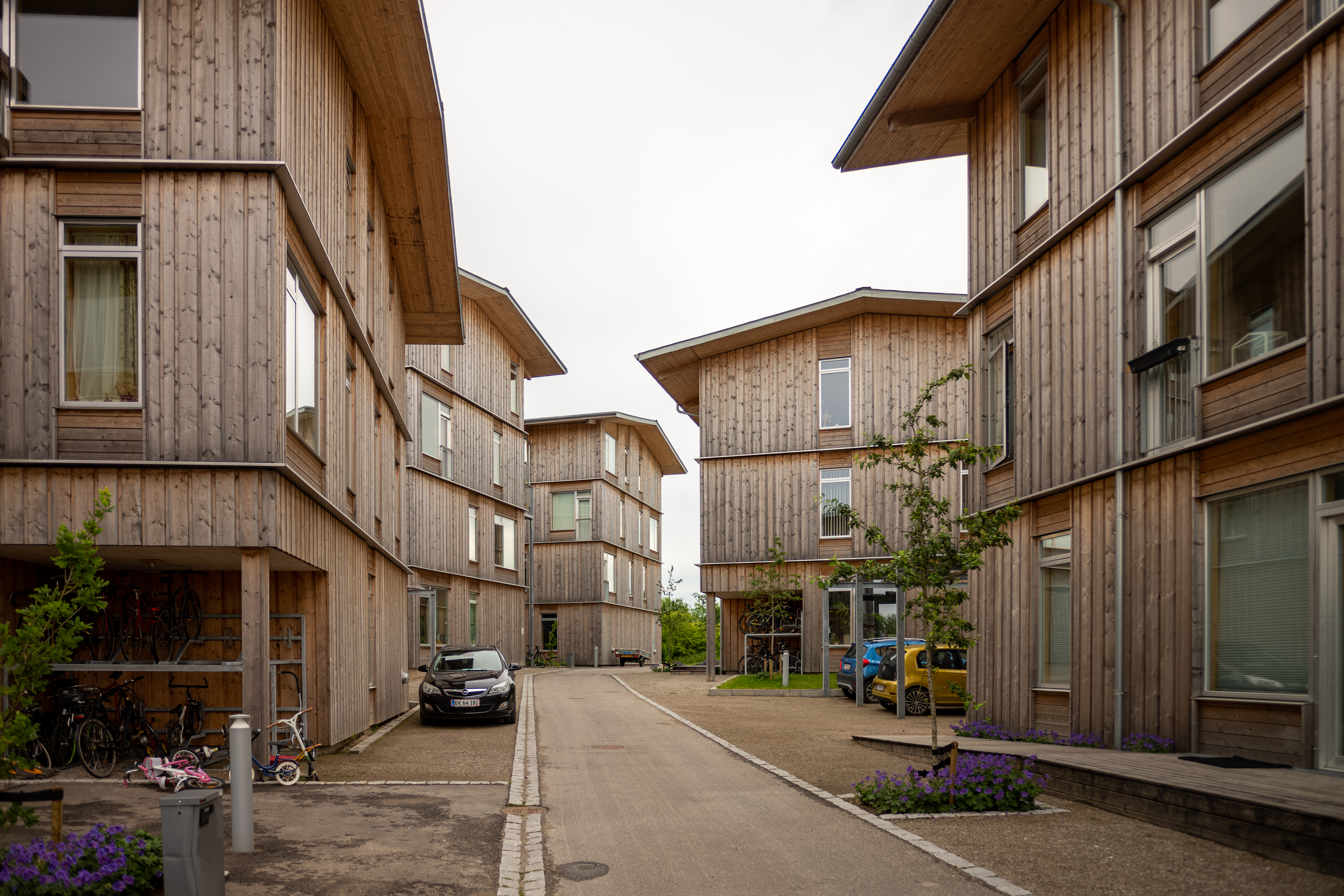
Lisbjerg Hill in Aarhus municipality is regarded as a groundbreaking public housing project, with a hybrid system that relies heavily on untreated fire wood.
© Photo: Søren Nielsen
Off the shelf sustainability Vs. green innovations
Avid readers of newspaper stories about architecture may have noticed that phrases such as “sustainability”, “upcycling” and “holistic” seem to pop up with increasing frequency. Does this mean the industry is getting more sustainable? Kauschen is not so sure.
“I used to think things were moving quickly in the right direction. Certainly, young architects in particular are very keen to ensure that they contribute to a more sustainable way of building and living. Apart from that, a number of zealous professionals are still driving us forward, and the fact that we have managed to include some sustainability into Danish building regulations is a huge bonus,” he says.
“However,” he adds, “recent experiences have made me realize that many people don’t really see sustainability as a shared effort, and that the reality of the situation presently is that we still have only a few architecture firms that are really leading the way. There are also several businesses, typically engineering firms, that are offering new sustainability concepts that are really off the shelf solutions. While this does make it more accessible, it harms innovation and doesn’t really take us forward.”
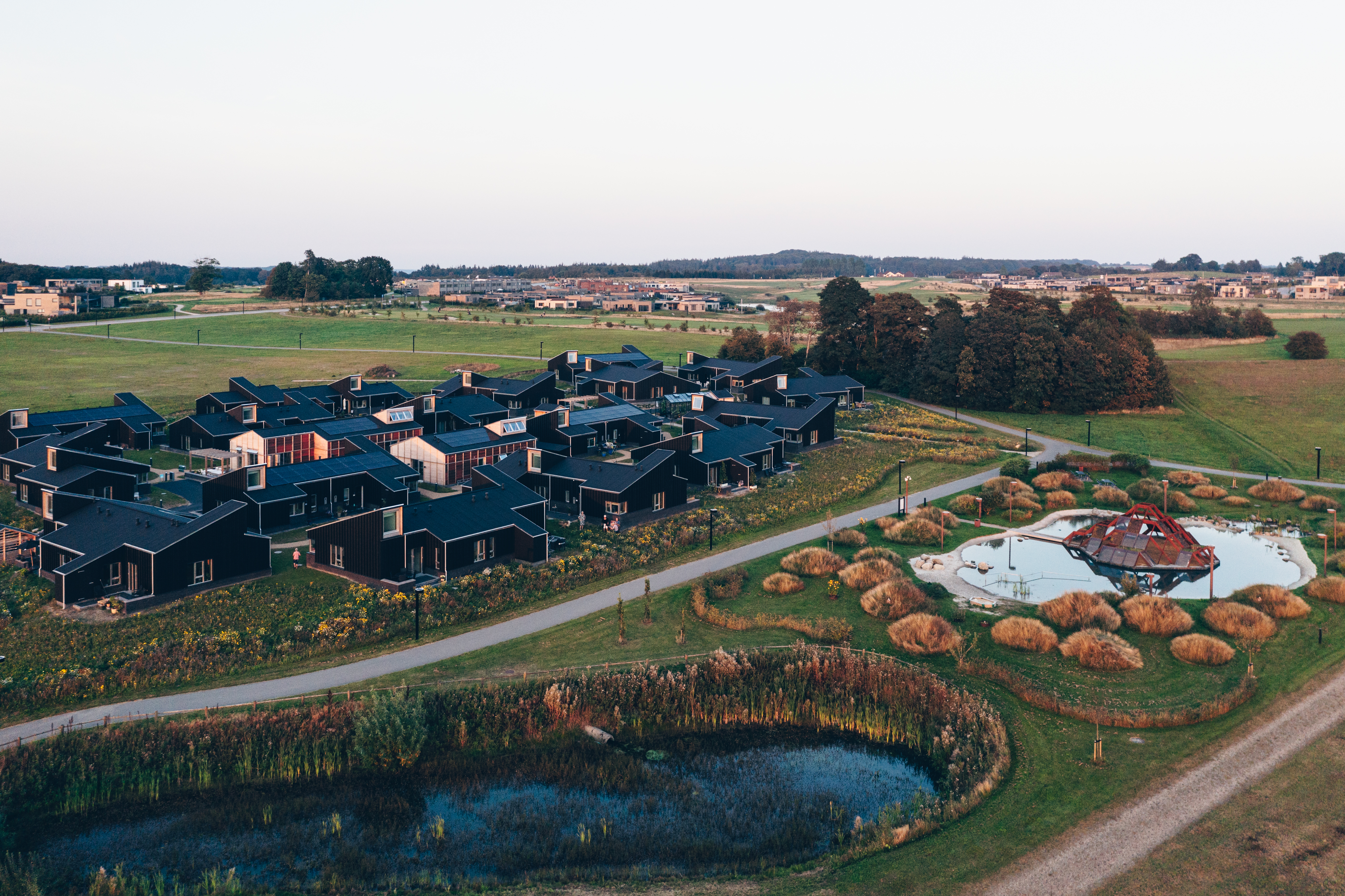
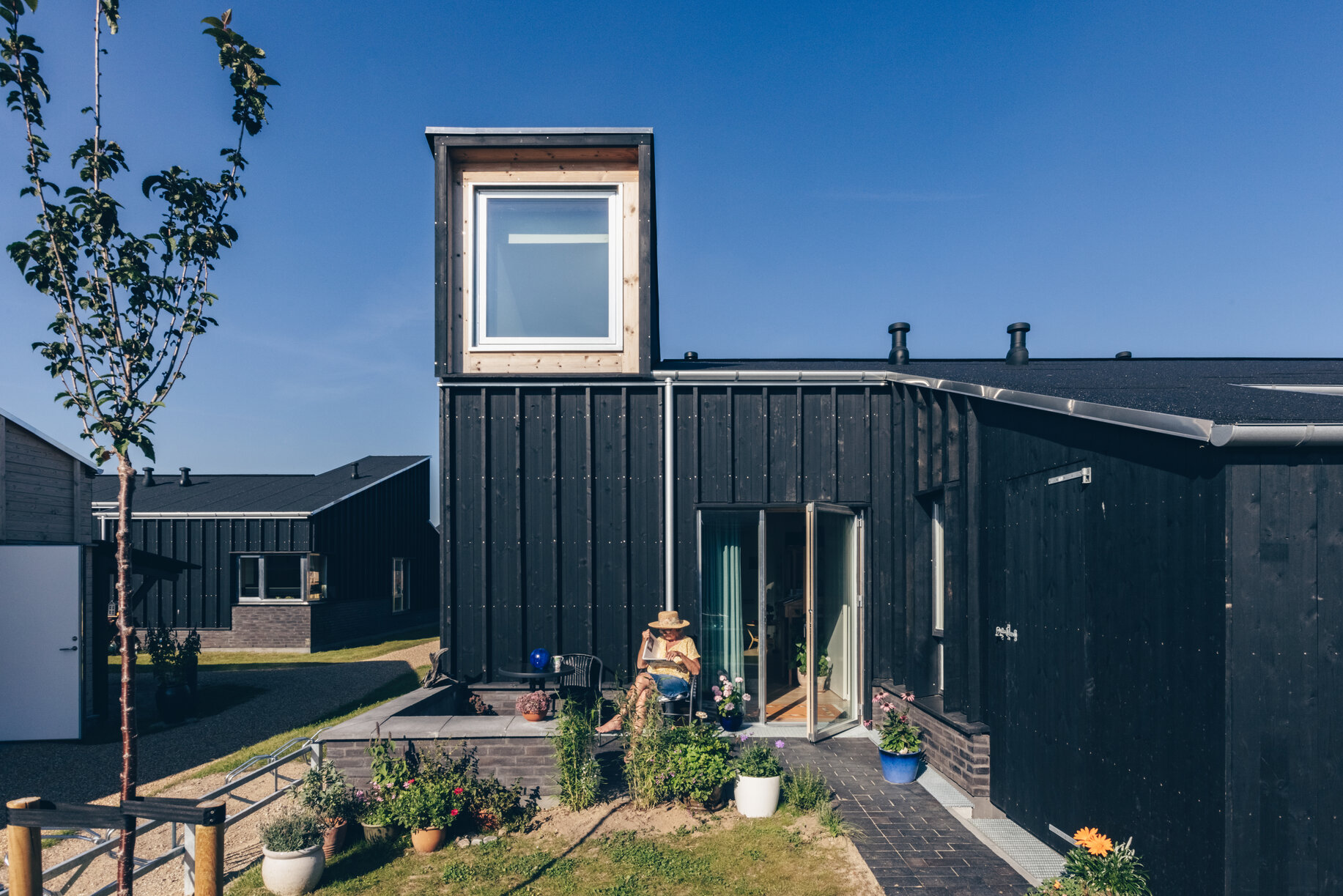
Balancen (the Balance) is a coliving estate for seniors in Ry, Denmark.
© Photo: Astrid Maria Rasmussen
Do architects and their clients often clash on sustainability?
“No, not really. Many builders seek us out because they have an explicit desire to challenge the industry and take things forward when it comes to various sustainability aspects. This often leads to exciting projects that break new ground.”
On the other hand, building regulations continue to be a serious obstacle, Kauschen argues.
“Sometimes I look enviously at other countries, where things are done differently. Here, we meet all sorts of obstacles, for example in relation to fire and acoustic regulations. There are needless hindrances when it comes to using biobased materials. We badly need a revision of building regulations, where existing requirements are weighted against environmental or sustainable concerns.”
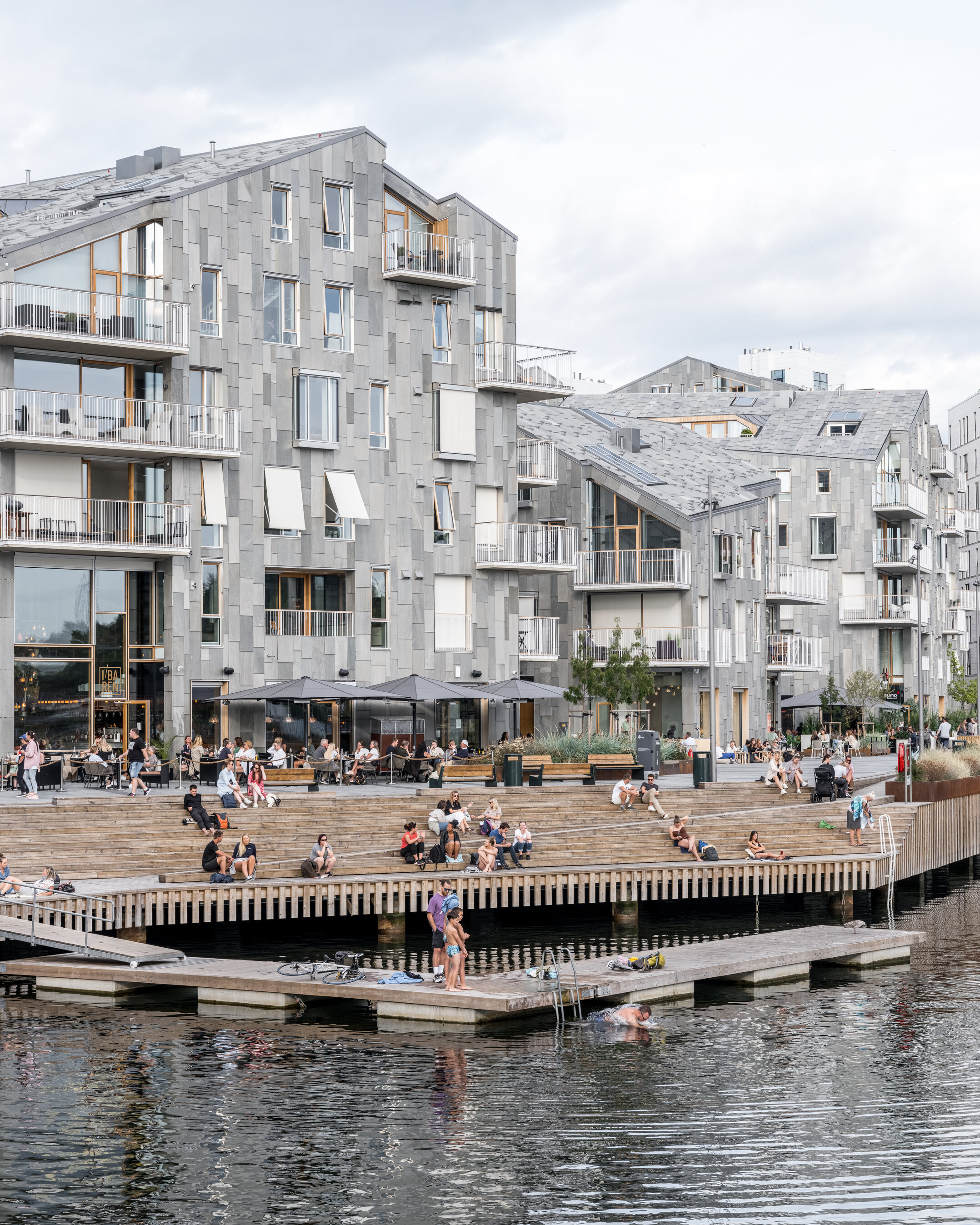
Local slate and wooden window frames adorn these Vandkunsten residential buildings on the Oslo waterfront.
© Photo: May Line Knutsen
Shared living is the future
The architect also wants to challenge requirements related to comfort. With more buildings and more people inhabiting the same amount of space, we need to think more communally.
“We can live with greater temperature fluctuations, more variance and the amount of daylight, without compromising public health or the quality of life. Think of the resources we could save!”
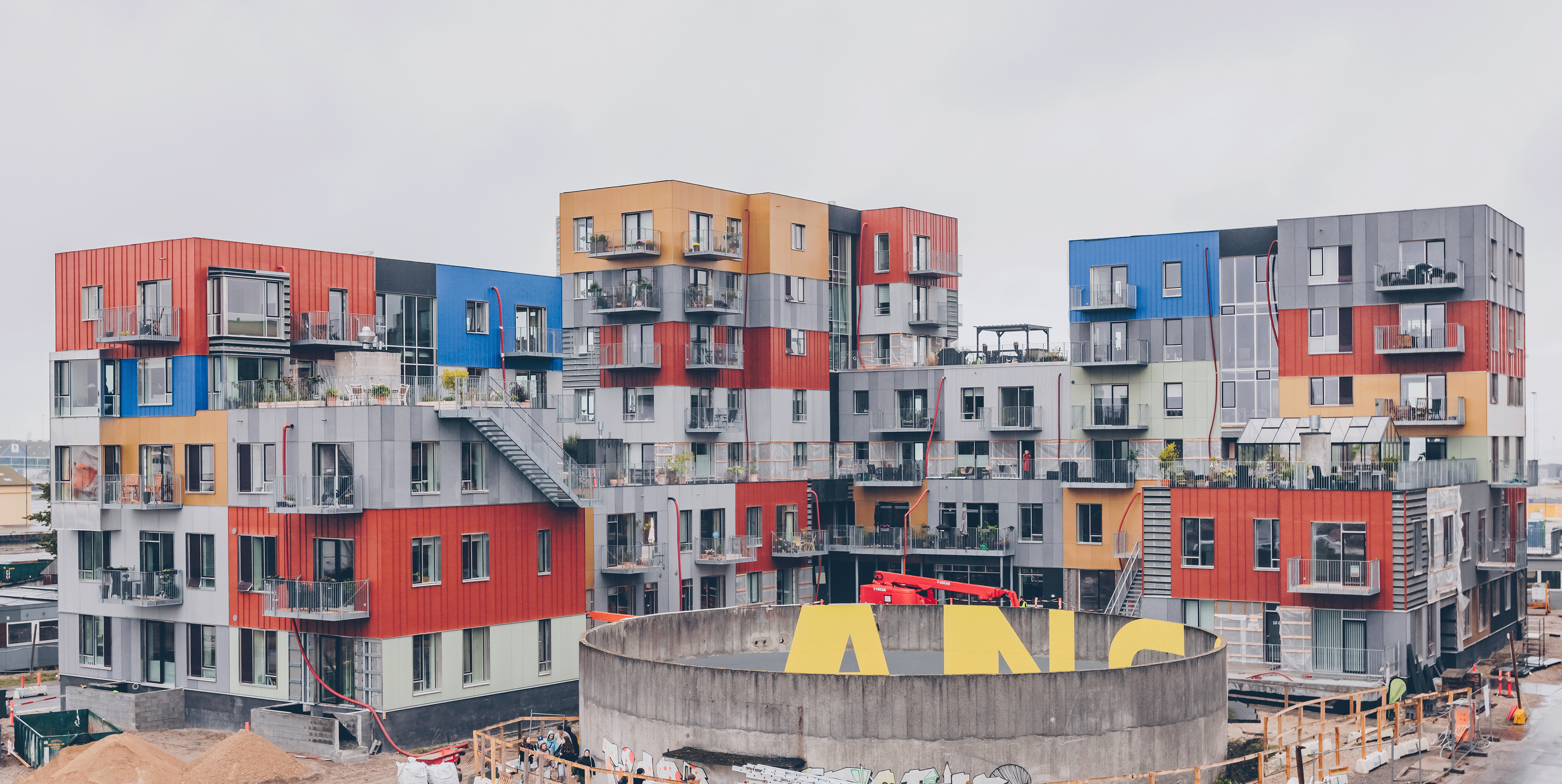
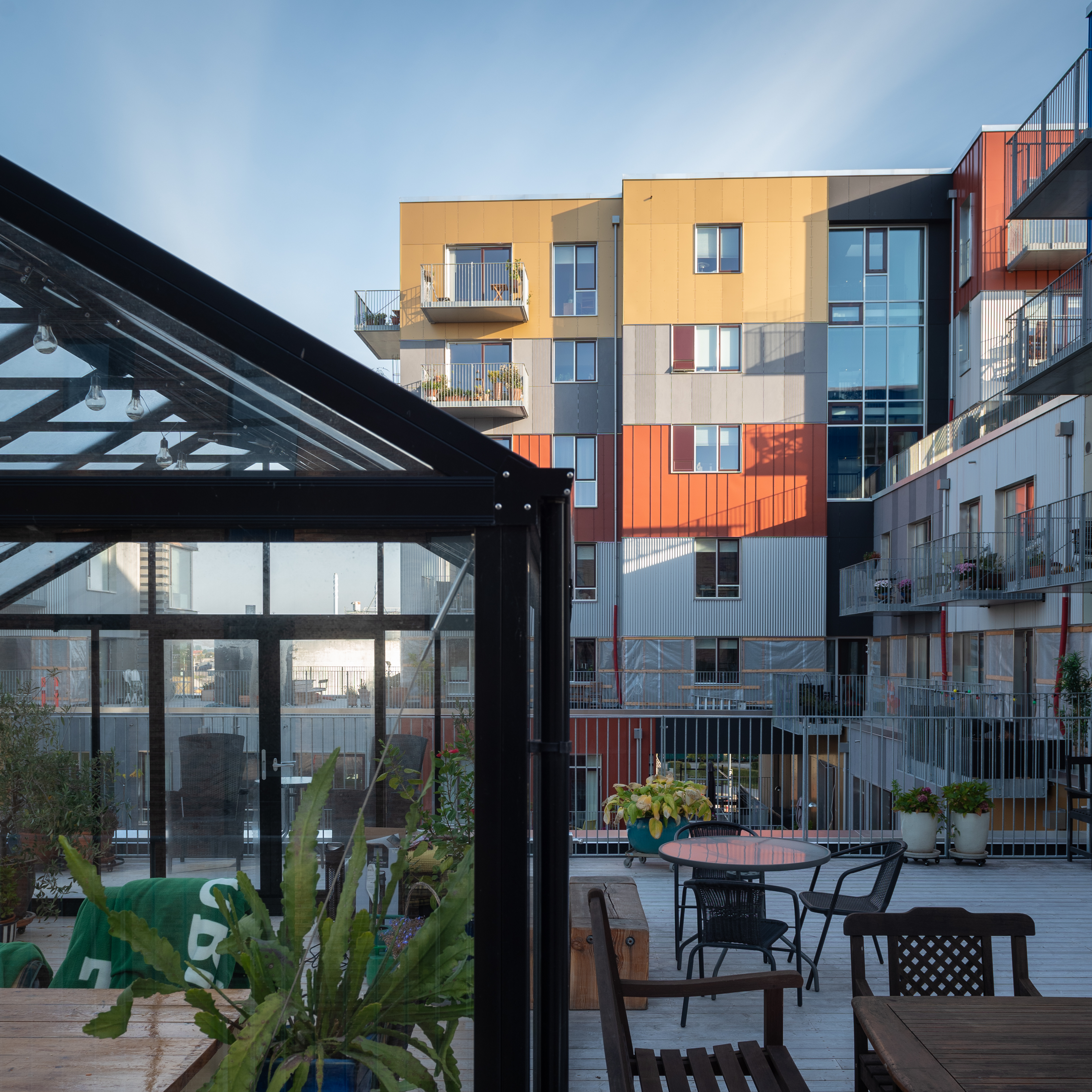
The Køge project is based on the communal “baugruppen” thinking from Germany.
© Photo: Astrid Maria Rasmussen
Many Vandkunsten projects have a communal side to them, and explore various facets of residential, shared living arrangements. In the town of Køge, the architecture firm realized their own take on the German “baugruppen”, a building philosophy where the future inhabitants are given the opportunity to influence to the physical frames they are going to move into, in both their private dwellings and shared spaces.
“This and other projects show that community and a spirit of sharing is vital to making the building sector more sustainable. This allows us to cut down on private living space, which means less resources spent. It also has the added bonus of bringing people together. That is sustainable too,” he concludes.
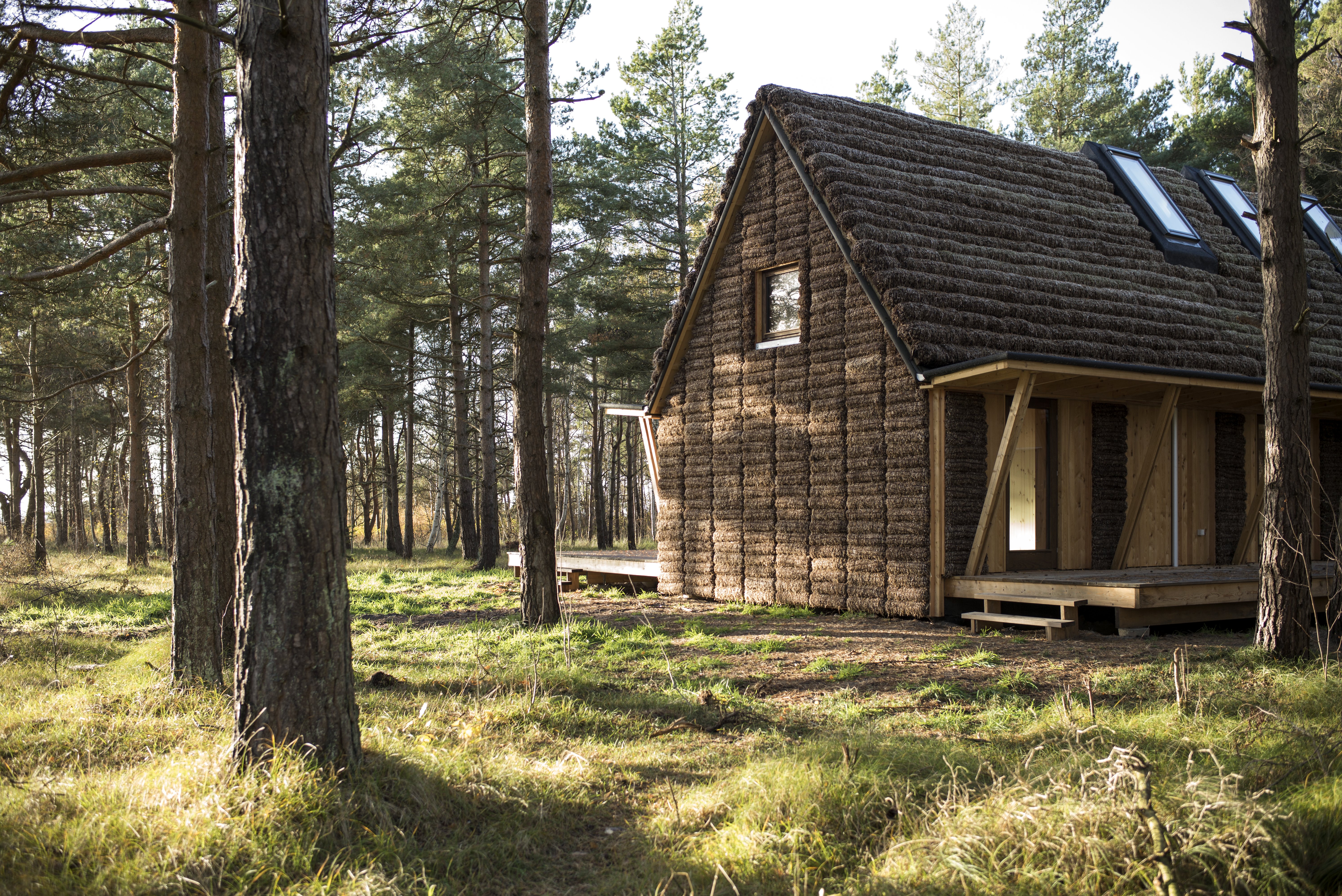
Inspired by local tradition, seaweed was used as a building material for this idyllic summer house on the island of Læsø.
© Photo: Helene Høyer Mikkelsen
“Interestingly it was rather quiet initially, and there were few concrete questions related to the tools. We later found out that our tools had been used in a great number of instances, both directly in projects but also as a basis to develop other tools. A large investor has developed a set of LCA tools “Inspired by Vandkunsten”, and that is the best feedback you could ask for, says Kauschen.